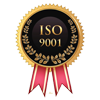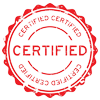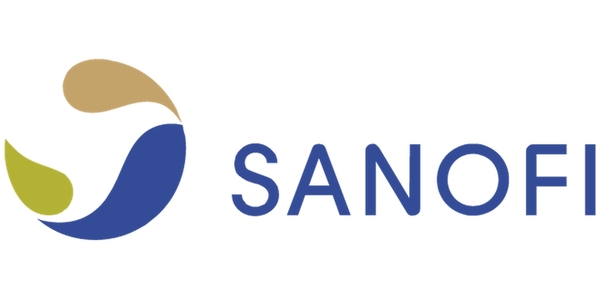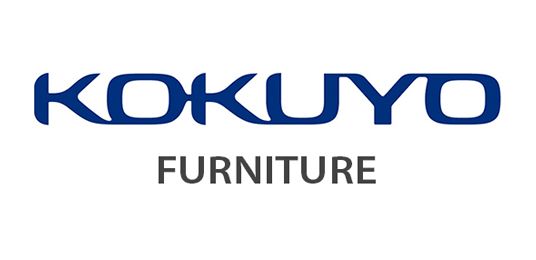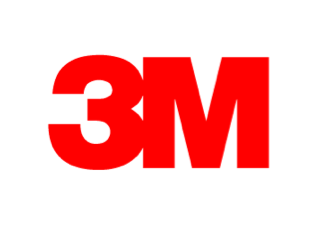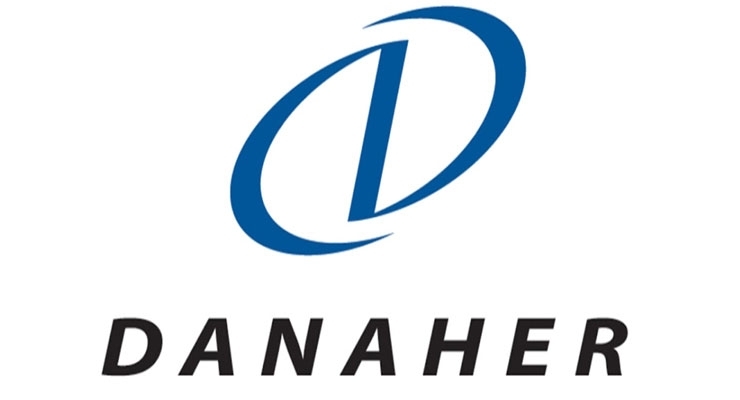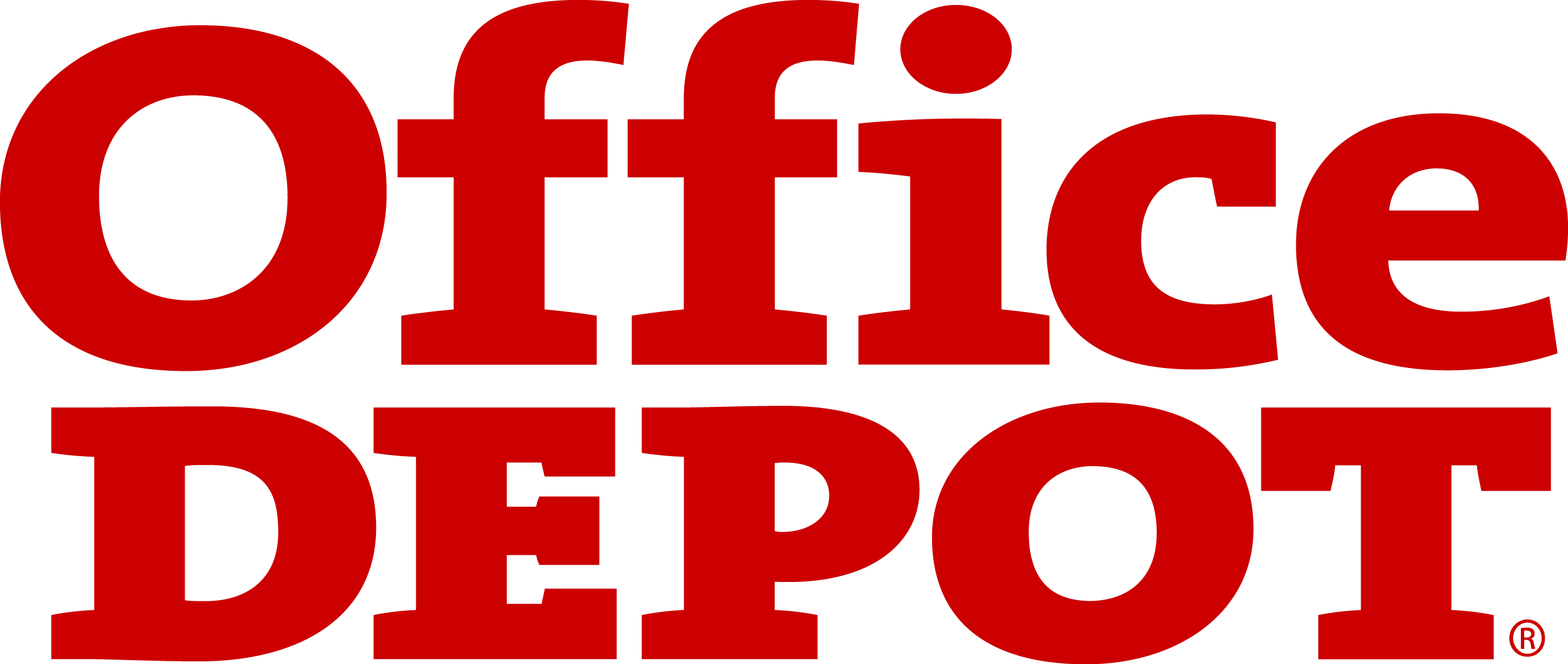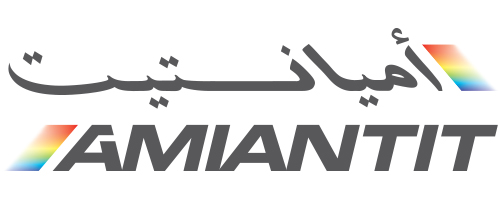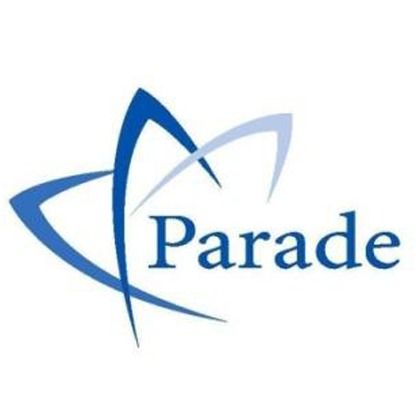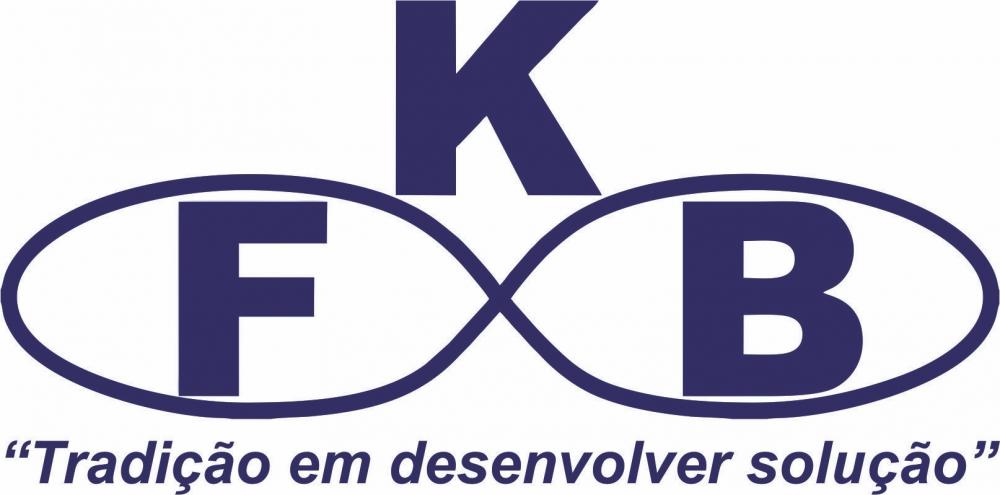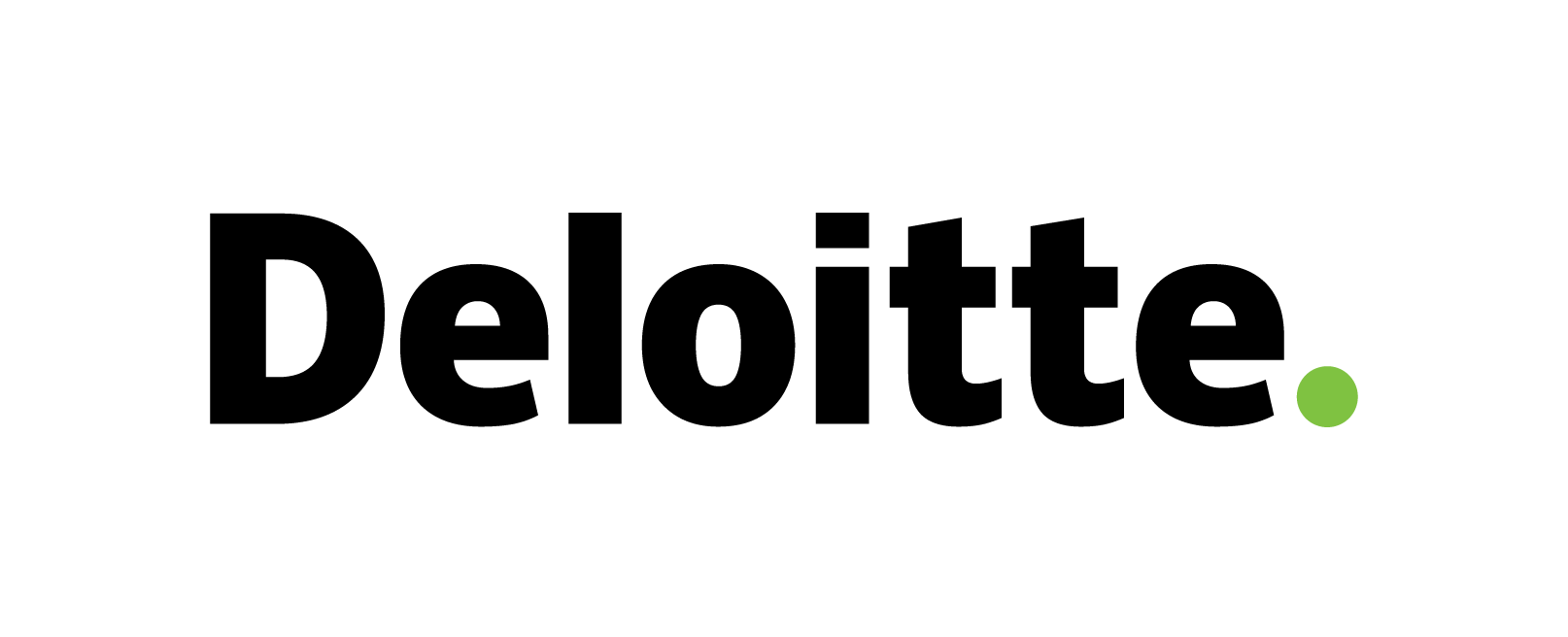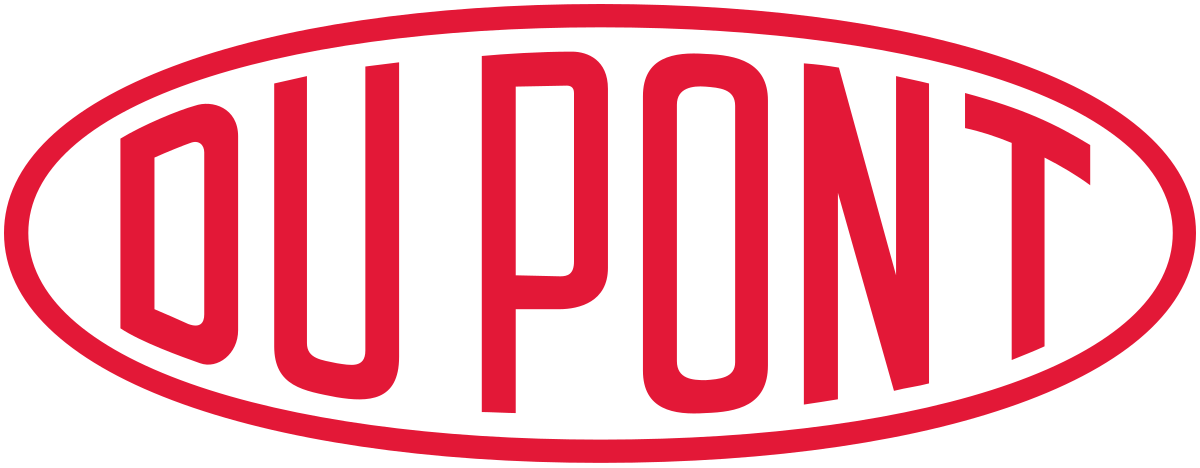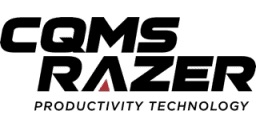District Heating and Cooling Market: Global Size, Share, Trends, Growth and Forecast 2022-2032
District Heating and Cooling Market: Overview and Definition
The global district healting and cooling market size is projected to grow from USD 162.5 billion to USD 285 billion by 2032, at a CAGR of 5.7% during the forecast period 2022-2032. District heating and cooling is a system for distributing heat or cold to multiple buildings from a central plant, providing energy efficiency and reducing greenhouse gas emissions. The market is driven by increasing demand for energy-efficient and eco-friendly heating and cooling solutions, as well as government initiatives and regulations promoting sustainable development. The market is segmented by component (boilers, chillers, pumps, heat exchangers, and others), application (residential, commercial, and industrial), and region (North America, Europe, Asia Pacific, and Rest of the World). Key players in the market include Danfoss, Veolia, ENGIE, Fortum, and NRG Energy. The market is expected to continue to grow in the coming years, with an increasing focus on renewable energy sources and smart grid technologies.
District Heating and Cooling Market: Key Drivers
The district heating and cooling market is driven by several key factors, including:
Energy efficiency and cost savings: District heating and cooling systems are highly efficient and can reduce energy costs for both consumers and providers.
Environmental concerns: With growing awareness of the need to reduce greenhouse gas emissions, district heating and cooling systems are seen as a more eco-friendly alternative to traditional heating and cooling systems.
Government initiatives and regulations: Many governments around the world have implemented policies and regulations that promote the development of district heating and cooling systems, including subsidies, tax incentives, and carbon reduction targets.
Urbanization and population growth: As the world's population continues to grow and more people move to cities, the demand for heating and cooling solutions is increasing, making district heating and cooling systems an attractive option.
Technological advancements: The development of new technologies, such as smart grids, heat pumps, and renewable energy sources, is making district heating and cooling systems even more efficient and cost-effective.
Growing awareness about environmental protection and changing the preference of manufacturers from conventional to energy efficient heating and cooling technology are believed to spur the growth of the district heating and cooling market in the upcoming years. Further, growing urbanization and industrialization are some of the major factors behind the growth of district heating and cooling market.
District heating and cooling market is witnessing gamut of industry activities such as partnership, acquisition, joint venture, and expansion across the globe. For instance, on December 19, 2018, Engie entered into a joint venture with Newcastle City Council (NCC) for 40 years to develop and operate district energy schemes within the city. In addition to this, on the same day, Engie Deutschland GmbH entered into an agreement to acquire OTTO Luft-und Klimatechnik GmbH & Co. KG (OTTO). This acquisition is expected to strengthen the company leading position for ventilation and air conditioning, cooling technology, and building automation.
Further, rising demand for thermal comfort and government initiatives to adopt district heating and cooling systems is spearheading current and future growth prospects of the market. In addition, emerging economies such as China, India, and Saudi Arabia offers untapped opportunities for the district heating and cooling market over the upcoming years.
District Heating and Cooling Market: Challenges
The district heating and cooling market faces several challenges, including:
High upfront costs: Building a district heating and cooling system requires significant upfront investment, which can be a barrier for some providers and consumers.
Complex infrastructure: District heating and cooling systems require complex infrastructure, including pipes, heat exchangers, and boilers or chillers, which can be difficult to install and maintain.
Lack of standardization: There is a lack of standardization in district heating and cooling systems, which can lead to compatibility issues and make it more difficult to integrate different systems.
Competition from other energy sources: While district heating and cooling systems are more energy-efficient and eco-friendly than many other heating and cooling solutions, they still face competition from other sources, such as natural gas, oil, and electricity.
Limited scalability: District heating and cooling systems are typically more suited to densely populated urban areas, and may not be as practical or cost-effective in rural or sparsely populated areas.
|
District Heating and Cooling Market: Report Scope |
|
|
Base Year Market Size |
2021 |
|
Forecast Year Market Size |
2022-2032 |
|
CAGR Value |
5.7% |
|
Segmentation |
|
|
Challenges |
|
|
Growth Drivers |
|
District Heating and Cooling Market: Segmentation
The research offers a comprehensive analysis of district heating and cooling market with respect to following sub-markets:
By Energy Source
- District Heating
- CHP
- Geothermal
- Solar
- Others
- District Cooling
- Free Cooling
- Absorption Cooling
- Heat Pumps
- Electric Chillers
- Others
By Application
- Residential
- Commercial
- Industrial
By Geography
- North America (U.S. & Canada)
- Europe (Germany, United Kingdom, France, Italy, Spain, Russia and Rest of Europe)
- Asia Pacific (China, India, Japan, South Korea, Indonesia, Taiwan, Australia, New Zealand and Rest of Asia Pacific)
- Latin America (Brazil, Mexico, Argentina and Rest of Latin America)
- Middle East & Africa (GCC, North Africa, South Africa and Rest of Middle East & Africa)
District Heating and Cooling Market: Regional Synopsis
In terms of geography, the district heating and cooling market is analyzed into North America, Europe, Asia Pacific, Latin America and Middle East & Africa. Among these regions, Asia Pacific is slated to account for the highest percentage of market share in overall district heating and cooling market during the forecast period. Rise in demand for cooling owing to high temperature and increasing investment on infrastructure projects are believed to intensify the growth rate of Asia Pacific district heating and cooling market in the upcoming years. In addition to this, dense population and growing per capita income in this region, are the major factors driving the growth of the market in the Asia region.
District Heating and Cooling Market: Recent Developments
The district heating and cooling market has seen several recent developments, including:
Increasing use of renewable energy sources: Many district heating and cooling systems are now using renewable energy sources, such as solar, wind, and geothermal, to generate heat or cold.
Adoption of smart grid technologies: The integration of smart grid technologies, such as advanced sensors and control systems, is improving the efficiency and reliability of district heating and cooling systems.
Growth in emerging markets: District heating and cooling systems are seeing increasing adoption in emerging markets, particularly in Asia and the Middle East, where governments are investing in sustainable infrastructure.
Development of new business models: Some companies are developing new business models for district heating and cooling systems, such as shared ownership and community-driven projects.
Partnership and collaboration: Key players in the market are forming partnerships and collaborations to share expertise and resources, and to develop innovative new solutions for district heating and cooling.
District Heating and Cooling Market: Key Players
- Cetetherm
- ADC Energy Systems
- Emirates Central Cooling Systems Corporation
- Danfoss
- Engie
- Keppel Corporation Limited
- Korea District Heating Corporation
- Logstor A/S
- Emirates District Cooling LLC
- Ramboll Group A/S
Research Methodology
Market Definition and List of Abbreviations
1. Executive Summary
2. Growth Drivers & Barriers in Global District Heating and Cooling Market
3. Global District Heating and Cooling Market Trends
4. Opportunities in Global District Heating and Cooling Market
5. Recent Industry Activities, 2019
6. Porter's Five Forces Analysis
7. Global District Heating and Cooling Market Value (USD Billion) Forecast & Y-o-Y Growth Analysis, 2019-2025
8. Global District Heating and Cooling Market Segmentation Analysis, By Energy Source
8.1. Introduction
8.2. Market Attractiveness, By Energy Source
8.3. BPS Analysis, By Energy Source
8.4. District Heating Market Value (USD Billion) Forecast & Y-o-Y Growth Analysis, 2019-2025
8.4.1. CHP Market Value (USD Billion) Forecast & Y-o-Y Growth Analysis, 2019-2025
8.4.2. Geothermal Market Value (USD Billion) Forecast & Y-o-Y Growth Analysis, 2019-2025
8.4.3. Solar Market Value (USD Billion) Forecast & Y-o-Y Growth Analysis, 2019-2025
8.4.4. Others Market Value (USD Billion) Forecast & Y-o-Y Growth Analysis, 2019-2025
8.5. District Cooling Market Value (USD Billion) Forecast & Y-o-Y Growth Analysis, 2019-2025
8.5.1. Free Cooling Market Value (USD Billion) Forecast & Y-o-Y Growth Analysis, 2019-2025
8.5.2. Absorption Cooling Market Value (USD Billion) Forecast & Y-o-Y Growth Analysis, 2019-2025
8.5.3. Heat Pumps Market Value (USD Billion) Forecast & Y-o-Y Growth Analysis, 2019-2025
8.5.4. Electric Chillers Market Value (USD Billion) Forecast & Y-o-Y Growth Analysis, 2019-2025
8.5.5. Others Market Value (USD Billion) Forecast & Y-o-Y Growth Analysis, 2019-2025
9. Global District Heating and Cooling Market Segmentation Analysis, By Application
9.1. Introduction
9.2. Market Attractiveness, By Application
9.3. BPS Analysis, By Application
9.4. Residential Market Value (USD Billion) Forecast & Y-o-Y Growth Analysis, 2019-2025
9.5. Commercial Market Value (USD Billion) Forecast & Y-o-Y Growth Analysis, 2019-2025
9.6. Industrial Market Value (USD Billion) Forecast & Y-o-Y Growth Analysis, 2019-2025
10. Geographical Analysis
10.1. Introduction
10.2. North America Market Value (USD Billion) Forecast & Y-o-Y Growth Analysis, 2019-2025
10.2.1. By Energy Source
10.2.1.1. Introduction
10.2.1.2. Market Attractiveness, By Energy Source
10.2.1.3. BPS Analysis, By Energy Source
10.2.1.4. District Heating Market Value (USD Billion) Forecast & Y-o-Y Growth Analysis, 2019-2025
10.2.1.4.1. CHP Market Value (USD Billion) Forecast & Y-o-Y Growth Analysis, 2019-2025
10.2.1.4.2. Geothermal Market Value (USD Billion) Forecast & Y-o-Y Growth Analysis, 2019-2025
10.2.1.4.3. Solar Market Value (USD Billion) Forecast & Y-o-Y Growth Analysis, 2019-2025
10.2.1.4.4. Others Market Value (USD Billion) Forecast & Y-o-Y Growth Analysis, 2019-2025
10.2.1.5. District Cooling Market Value (USD Billion) Forecast & Y-o-Y Growth Analysis, 2019-2025
10.2.1.5.1. Free Cooling Market Value (USD Billion) Forecast & Y-o-Y Growth Analysis, 2019-2025
10.2.1.5.2. Absorption Cooling Market Value (USD Billion) Forecast & Y-o-Y Growth Analysis, 2019-2025
10.2.1.5.3. Heat Pumps Market Value (USD Billion) Forecast & Y-o-Y Growth Analysis, 2019-2025
10.2.1.5.4. Electric Chillers Market Value (USD Billion) Forecast & Y-o-Y Growth Analysis, 2019-2025
10.2.1.5.5. Others Market Value (USD Billion) Forecast & Y-o-Y Growth Analysis, 2019-2025
10.2.2. By Application
10.2.2.1. Introduction
10.2.2.2. Market Attractiveness, By Application
10.2.2.3. BPS Analysis, By Application
10.2.2.4. Residential Market Value (USD Billion) Forecast & Y-o-Y Growth Analysis, 2019-2025
10.2.2.5. Commercial Market Value (USD Billion) Forecast & Y-o-Y Growth Analysis, 2019-2025
10.2.2.6. Industrial Market Value (USD Billion) Forecast & Y-o-Y Growth Analysis, 2019-2025
10.2.3. By Country
10.2.3.1. Introduction
10.2.3.2. Market Attractiveness, By Country
10.2.3.3. BPS Analysis, By Country
10.2.3.4. U.S. Market Value (USD Billion) Forecast & Y-o-Y Growth Analysis, 2019-2025
10.2.3.5. Canada Market Value (USD Billion) Forecast & Y-o-Y Growth Analysis, 2019-2025
10.3. Europe Market Value (USD Billion) Forecast & Y-o-Y Growth Analysis, 2019-2025
10.3.1. By Energy Source
10.3.1.1. Introduction
10.3.1.2. Market Attractiveness, By Energy Source
10.3.1.3. BPS Analysis, By Energy Source
10.3.1.4. District Heating Market Value (USD Billion) Forecast & Y-o-Y Growth Analysis, 2019-2025
10.3.1.4.1. CHP Market Value (USD Billion) Forecast & Y-o-Y Growth Analysis, 2019-2025
10.3.1.4.2. Geothermal Market Value (USD Billion) Forecast & Y-o-Y Growth Analysis, 2019-2025
10.3.1.4.3. Solar Market Value (USD Billion) Forecast & Y-o-Y Growth Analysis, 2019-2025
10.3.1.4.4. Others Market Value (USD Billion) Forecast & Y-o-Y Growth Analysis, 2019-2025
10.3.1.5. District Cooling Market Value (USD Billion) Forecast & Y-o-Y Growth Analysis, 2019-2025
10.3.1.5.1. Free Cooling Market Value (USD Billion) Forecast & Y-o-Y Growth Analysis, 2019-2025
10.3.1.5.2. Absorption Cooling Market Value (USD Billion) Forecast & Y-o-Y Growth Analysis, 2019-2025
10.3.1.5.3. Heat Pumps Market Value (USD Billion) Forecast & Y-o-Y Growth Analysis, 2019-2025
10.3.1.5.4. Electric Chillers Market Value (USD Billion) Forecast & Y-o-Y Growth Analysis, 2019-2025
10.3.1.5.5. Others Market Value (USD Billion) Forecast & Y-o-Y Growth Analysis, 2019-2025
10.3.2. By Application
10.3.2.1. Introduction
10.3.2.2. Market Attractiveness, By Application
10.3.2.3. BPS Analysis, By Application
10.3.2.4. Residential Market Value (USD Billion) Forecast & Y-o-Y Growth Analysis, 2019-2025
10.3.2.5. Commercial Market Value (USD Billion) Forecast & Y-o-Y Growth Analysis, 2019-2025
10.3.2.6. Industrial Market Value (USD Billion) Forecast & Y-o-Y Growth Analysis, 2019-2025
10.3.3. By Country
10.3.3.1. Introduction
10.3.3.2. Market Attractiveness, By Country
10.3.3.3. BPS Analysis, By Country
10.3.3.4. Germany Market Value (USD Billion) Forecast & Y-o-Y Growth Analysis, 2019-2025
10.3.3.5. United Kingdom Market Value (USD Billion) Forecast & Y-o-Y Growth Analysis, 2019-2025
10.3.3.6. France Market Value (USD Billion) Forecast & Y-o-Y Growth Analysis, 2019-2025
10.3.3.7. Italy Market Value (USD Billion) Forecast & Y-o-Y Growth Analysis, 2019-2025
10.3.3.8. Spain Market Value (USD Billion) Forecast & Y-o-Y Growth Analysis, 2019-2025
10.3.3.9. Russia Market Value (USD Billion) Forecast & Y-o-Y Growth Analysis, 2019-2025
10.3.3.10. Rest of Europe Market Value (USD Billion) Forecast & Y-o-Y Growth Analysis, 2019-2025
10.4. Asia Pacific Market Value (USD Billion) Forecast & Y-o-Y Growth Analysis, 2019-2025
10.4.1. By Energy Source
10.4.1.1. Introduction
10.4.1.2. Market Attractiveness, By Energy Source
10.4.1.3. BPS Analysis, By Energy Source
10.4.1.4. District Heating Market Value (USD Billion) Forecast & Y-o-Y Growth Analysis, 2019-2025
10.4.1.4.1. CHP Market Value (USD Billion) Forecast & Y-o-Y Growth Analysis, 2019-2025
10.4.1.4.2. Geothermal Market Value (USD Billion) Forecast & Y-o-Y Growth Analysis, 2019-2025
10.4.1.4.3. Solar Market Value (USD Billion) Forecast & Y-o-Y Growth Analysis, 2019-2025
10.4.1.4.4. Others Market Value (USD Billion) Forecast & Y-o-Y Growth Analysis, 2019-2025
10.4.1.5. District Cooling Market Value (USD Billion) Forecast & Y-o-Y Growth Analysis, 2019-2025
10.4.1.5.1. Free Cooling Market Value (USD Billion) Forecast & Y-o-Y Growth Analysis, 2019-2025
10.4.1.5.2. Absorption Cooling Market Value (USD Billion) Forecast & Y-o-Y Growth Analysis, 2019-2025
10.4.1.5.3. Heat Pumps Market Value (USD Billion) Forecast & Y-o-Y Growth Analysis, 2019-2025
10.4.1.5.4. Electric Chillers Market Value (USD Billion) Forecast & Y-o-Y Growth Analysis, 2019-2025
10.4.1.5.5. Others Market Value (USD Billion) Forecast & Y-o-Y Growth Analysis, 2019-2025
10.4.2. By Application
10.4.2.1. Introduction
10.4.2.2. Market Attractiveness, By Application
10.4.2.3. BPS Analysis, By Application
10.4.2.4. Residential Market Value (USD Billion) Forecast & Y-o-Y Growth Analysis, 2019-2025
10.4.2.5. Commercial Market Value (USD Billion) Forecast & Y-o-Y Growth Analysis, 2019-2025
10.4.2.6. Industrial Market Value (USD Billion) Forecast & Y-o-Y Growth Analysis, 2019-2025
10.4.3. By Country
10.4.3.1. Introduction
10.4.3.2. Market Attractiveness, By Country
10.4.3.3. BPS Analysis, By Country
10.4.3.4. China Market Value (USD Billion) Forecast & Y-o-Y Growth Analysis, 2019-2025
10.4.3.5. India Market Value (USD Billion) Forecast & Y-o-Y Growth Analysis, 2019-2025
10.4.3.6. Japan Market Value (USD Billion) Forecast & Y-o-Y Growth Analysis, 2019-2025
10.4.3.7. South Korea Market Value (USD Billion) Forecast & Y-o-Y Growth Analysis, 2019-2025
10.4.3.8. Indonesia Market Value (USD Billion) Forecast & Y-o-Y Growth Analysis, 2019-2025
10.4.3.9. Taiwan Market Value (USD Billion) Forecast & Y-o-Y Growth Analysis, 2019-2025
10.4.3.10. Australia Market Value (USD Billion) Forecast & Y-o-Y Growth Analysis, 2019-2025
10.4.3.11. New Zealand Market Value (USD Billion) Forecast & Y-o-Y Growth Analysis, 2019-2025
10.4.3.12. Rest of Asia Pacific Market Value (USD Billion) Forecast & Y-o-Y Growth Analysis, 2019-2025
10.5. Latin America Market Value (USD Billion) Forecast & Y-o-Y Growth Analysis, 2019-2025
10.5.1. By Energy Source
10.5.1.1. Introduction
10.5.1.2. Market Attractiveness, By Energy Source
10.5.1.3. BPS Analysis, By Energy Source
10.5.1.4. District Heating Market Value (USD Billion) Forecast & Y-o-Y Growth Analysis, 2019-2025
10.5.1.4.1. CHP Market Value (USD Billion) Forecast & Y-o-Y Growth Analysis, 2019-2025
10.5.1.4.2. Geothermal Market Value (USD Billion) Forecast & Y-o-Y Growth Analysis, 2019-2025
10.5.1.4.3. Solar Market Value (USD Billion) Forecast & Y-o-Y Growth Analysis, 2019-2025
10.5.1.4.4. Others Market Value (USD Billion) Forecast & Y-o-Y Growth Analysis, 2019-2025
10.5.1.5. District Cooling Market Value (USD Billion) Forecast & Y-o-Y Growth Analysis, 2019-2025
10.5.1.5.1. Free Cooling Market Value (USD Billion) Forecast & Y-o-Y Growth Analysis, 2019-2025
10.5.1.5.2. Absorption Cooling Market Value (USD Billion) Forecast & Y-o-Y Growth Analysis, 2019-2025
10.5.1.5.3. Heat Pumps Market Value (USD Billion) Forecast & Y-o-Y Growth Analysis, 2019-2025
10.5.1.5.4. Electric Chillers Market Value (USD Billion) Forecast & Y-o-Y Growth Analysis, 2019-2025
10.5.1.5.5. Others Market Value (USD Billion) Forecast & Y-o-Y Growth Analysis, 2019-2025
10.5.2. By Application
10.5.2.1. Introduction
10.5.2.2. Market Attractiveness, By Application
10.5.2.3. BPS Analysis, By Application
10.5.2.4. Residential Market Value (USD Billion) Forecast & Y-o-Y Growth Analysis, 2019-2025
10.5.2.5. Commercial Market Value (USD Billion) Forecast & Y-o-Y Growth Analysis, 2019-2025
10.5.2.6. Industrial Market Value (USD Billion) Forecast & Y-o-Y Growth Analysis, 2019-2025
10.5.3. By Country
10.5.3.1. Introduction
10.5.3.2. Market Attractiveness, By Country
10.5.3.3. BPS Analysis, By Country
10.5.3.4. Brazil Market Value (USD Billion) Forecast & Y-o-Y Growth Analysis, 2019-2025
10.5.3.5. Mexico Market Value (USD Billion) Forecast & Y-o-Y Growth Analysis, 2019-2025
10.5.3.6. Rest of Latin America Market Value (USD Billion) Forecast & Y-o-Y Growth Analysis, 2019-2025
10.6. Middle East & Africa Market Value (USD Billion) Forecast & Y-o-Y Growth Analysis, 2019-2025
10.6.1. By Energy Source
10.6.1.1. Introduction
10.6.1.2. Market Attractiveness, By Energy Source
10.6.1.3. BPS Analysis, By Energy Source
10.6.1.4. District Heating Market Value (USD Billion) Forecast & Y-o-Y Growth Analysis, 2019-2025
10.6.1.4.1. CHP Market Value (USD Billion) Forecast & Y-o-Y Growth Analysis, 2019-2025
10.6.1.4.2. Geothermal Market Value (USD Billion) Forecast & Y-o-Y Growth Analysis, 2019-2025
10.6.1.4.3. Solar Market Value (USD Billion) Forecast & Y-o-Y Growth Analysis, 2019-2025
10.6.1.4.4. Others Market Value (USD Billion) Forecast & Y-o-Y Growth Analysis, 2019-2025
10.6.1.5. District Cooling Market Value (USD Billion) Forecast & Y-o-Y Growth Analysis, 2019-2025
10.6.1.5.1. Free Cooling Market Value (USD Billion) Forecast & Y-o-Y Growth Analysis, 2019-2025
10.6.1.5.2. Absorption Cooling Market Value (USD Billion) Forecast & Y-o-Y Growth Analysis, 2019-2025
10.6.1.5.3. Heat Pumps Market Value (USD Billion) Forecast & Y-o-Y Growth Analysis, 2019-2025
10.6.1.5.4. Electric Chillers Market Value (USD Billion) Forecast & Y-o-Y Growth Analysis, 2019-2025
10.6.1.5.5. Others Market Value (USD Billion) Forecast & Y-o-Y Growth Analysis, 2019-2025
10.6.2. By Application
10.6.2.1. Introduction
10.6.2.2. Market Attractiveness, By Application
10.6.2.3. BPS Analysis, By Application
10.6.2.4. Residential Market Value (USD Billion) Forecast & Y-o-Y Growth Analysis, 2019-2025
10.6.2.5. Commercial Market Value (USD Billion) Forecast & Y-o-Y Growth Analysis, 2019-2025
10.6.2.6. Industrial Market Value (USD Billion) Forecast & Y-o-Y Growth Analysis, 2019-2025
10.6.3. By Geography
10.6.3.1. Introduction
10.6.3.2. Market Attractiveness, By Geography
10.6.3.3. BPS Analysis, By Geography
10.6.3.4. GCC Market Value (USD Billion) Forecast & Y-o-Y Growth Analysis, 2019-2025
10.6.3.5. North Africa Market Value (USD Billion) Forecast & Y-o-Y Growth Analysis, 2019-2025
10.6.3.6. South Africa Market Value (USD Billion) Forecast & Y-o-Y Growth Analysis, 2019-2025
10.6.3.7. Rest of Middle East & Africa Market Value (USD Billion) Forecast & Y-o-Y Growth Analysis, 2019-2025
11. Competitive Landscape
11.1. Market Share of Key Players
11.2. Market Positioning of Major Players in Global District Heating and Cooling Market
11.3. Company Profiles
11.3.1. Cetetherm
11.3.2. ADC Energy Systems
11.3.3. Emirates Central Cooling Systems Corporation
11.3.4. Danfoss
11.3.5. Engie
11.3.6. Keppel Corporation Limited
11.3.7. Korea District Heating Corporation
11.3.8. Logstor A/S
11.3.9. Emirates District Cooling LLC
11.3.10. Ramboll Group A/S
11.3.11. Other Major & Niche Key Players

Need Customized Report for Your Business ?
Utilize the Power of Customized Research Aligned with Your Business Goals
Request for Customized Report- Quick Contact -
- ISO Certified Logo -

